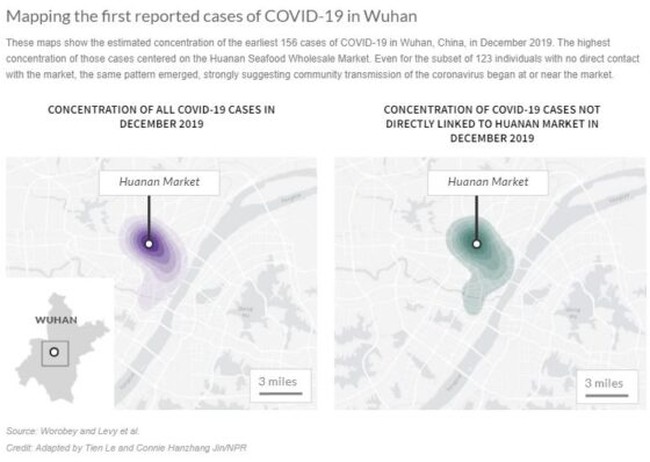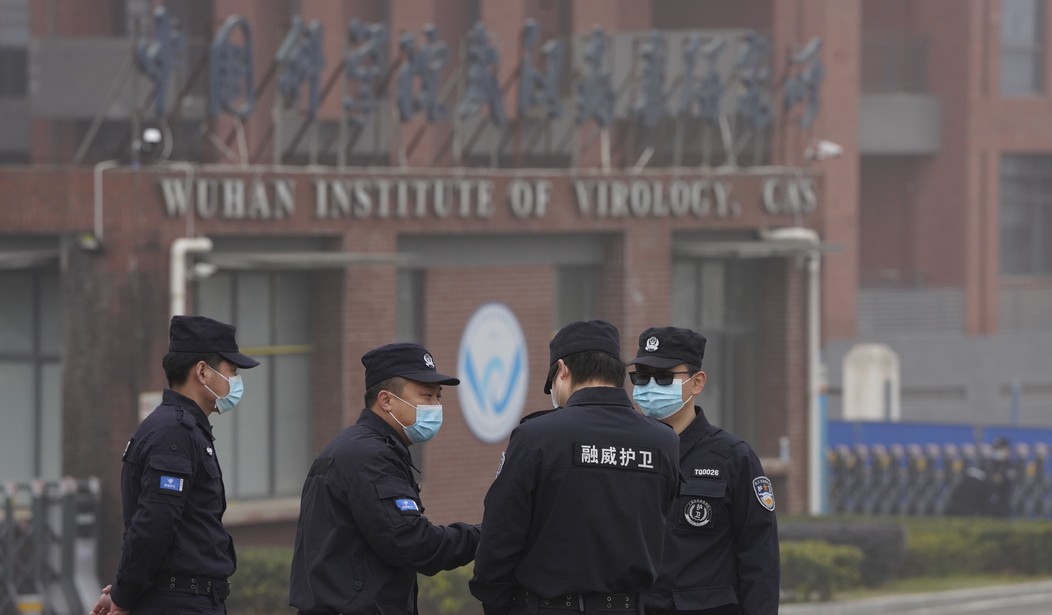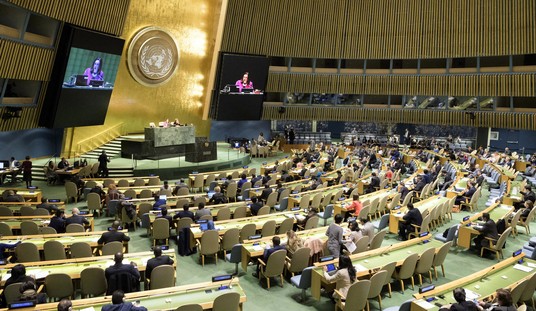As I suggested a few days ago when writing about this topic, I think people on both sides are sounding a bit too confident. Jon Stewart and others are claiming victory over what is, ultimately, a pretty mild endorsement by one government agency based on evidence that is still classified. Maybe that evidence is really convincing but I don’t personally know that yet.
Just to frame where I’m coming from here I’ve written more posts about the lab leak theory than anyone else at Hot Air and I think I was the first to do so back in April 2020. So I’m definitely interested in the idea and have never been dismissive of it. I definitely think it’s a real contender and that China’s behavior has been extremely suspicious to say the least.
At the same time, there’s no denying that some of the scientists involved in looking into the origin of COVID are pretty confident these days that this was natural spillover. And, to be fair, they do have some points in their favor including the fact that natural spillover does happen pretty regularly, including in China.
Evolutionary biologist Michael Worobey is in a unique position because he was not a knee-jerk defender of natural spillover. In fact, he signed a letter in May of 2021 arguing the lab leak should be taken seriously. But a few months later he became convinced natural spillover was a far more likely explanation.
It’s clear-cut these wild, live animals, including raccoon dogs and red foxes, were in the market. We have photographic evidence from December 2019. A concerned customer evidently took these photos and videos of the market on Dec. 3 and posted them on Weibo [because it was illegal to sell certain live animals]. The photos were promptly scrubbed. But a CNN reporter had communicated directly with the person who took the photos. I was able to get in touch with this reporter, and they passed on those photos from the source.
Some of the photos are included at the link. They show wild animals in cages inside the market. So you have evidence from right about the time the virus was first infecting people that there were wild animals present in open cages. By itself that doesn’t prove anything but it lays some groundwork. Add to that a leaked report from the Chinese CDC which suggested there was a specific hot spot for the virus within the market.
We analyzed a leaked report from the Chinese CDC detailing the results of this environmental sampling. Virtually all of the findings in the report matched what was in the World Health Organization’s report. But there was some extra information in the leaked report. For example, there was information not just on which stalls had virus in them — or had samples positive for SARS-CoV-2 — but also how many samples in a given stall yielded positive results.
We found out that one stall actually had five positive samples — five surfaces in that stall had virus on them. And even better, in that particular stall, the samples were very animal-y. For example, scientists found virus on a feather/hair remover, a cart of the sort that we see in photographs that are used for transporting cages and, best of all, a metal cage in a back room.
What’s missing is a definite animal vector for the disease. The Chinese officials who cleaned up the market tested a bunch of animals but those tests were all negative. So, again, it’s not definitive but it is interesting.
Most significantly, Worobey points out that the wet market was the geographical center of the outbreak. That’s true even for people who got sick without ever visiting the wet market.
With a virus, such as SARS-CoV-2, that causes no symptoms or mild symptoms in most people, you don’t have any chance of linking all the early cases to the site where the outbreak started. Because the virus is going to quickly spread to people outside of wherever it started.
And yet, from the clinical observations in Wuhan, around half of the earliest known COVID cases were people directly linked to the seafood market. And the other cases, which aren’t linked through epidemiological data, have an even closer geographical association to the market. That’s what we show in our paper.
It’s absurd how strong the geographical association is [to the market].
Here’s a chart that was part of one of his papers. It shows the geographical focus of the outbreak with the market near the center. The chart on the left shows where all of the December 2019 cases were located. The one on the right shows where all of the people who got sick but who hadn’t been to the market lived. It’s worth noting the WIV, which is usually pointed to as the site of a possible lab leak, is a few miles away on the other side of the river.

Again, I’m not saying this is definitive (though Worobey is nearly saying that). There may be ways to explain this that still allow for a lab leak. All I’m really saying is that both arguments lack the kind of smoking gun evidence that would truly settle this once and for all (partly because China hasn’t been forthcoming). And both arguments have some compelling points in their favor which are pretty hard to dismiss. The fact that the US government is split and uncertain actually strikes me as pretty representative of where we actually are with the evidence. But I’d sure like to see some of that secret evidence the DOE relied on for its recent report.







Join the conversation as a VIP Member